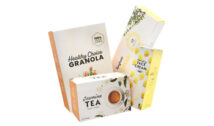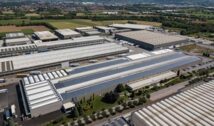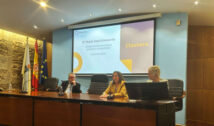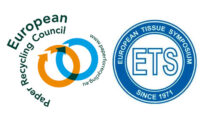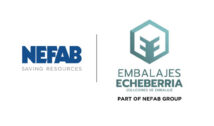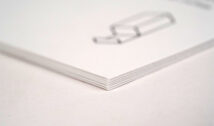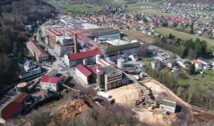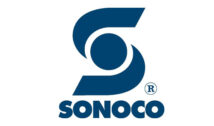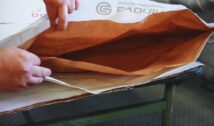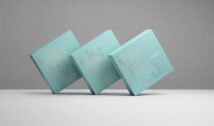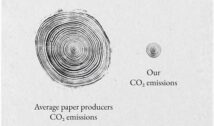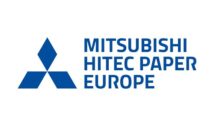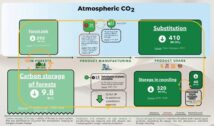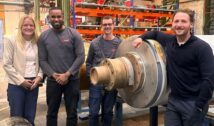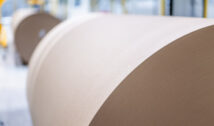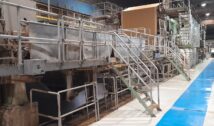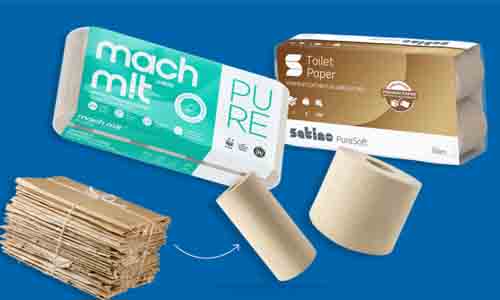
The WEPA Group, already the European market leader in the production of hygiene paper from recycled fibres, is now introducing two additional new raw material innovations as part of its fibre concept within its sustainability strategy. Fibres can now also be made from recycled cardboard which, through an innovative production process, forms the basis for extra soft and sustainable hygiene paper products. Secondly, one of the most sustainable fresh fibres in the world now serves as a raw material: Miscanthus. It has not yet been used by any other manufacturer for the production of hygiene paper.
“As the European market leader in the field of hygiene paper made from recycled fibres, we carefully select our raw materials from a sustainability perspective. After all, the raw materials we use to produce our hygiene papers have a major impact on the ecological footprint,” says Dr Stefan Gräter, Head of Sustainability at WEPA.
“We have already been researching the use of additional sustainable raw material sources for years. We are very pleased to be able to offer further innovative products with outstanding quality and sustainability characteristics,” explains CEO Martin Krengel.
After intensive research and development work and the establishment of new production processes, the WEPA Group is now announcing the first product innovations on the market based on sustainable raw material innovations in its Consumer Business Unit with “mach m!t PURE”, as well as in its Professional Business Unit with “Satino by WEPA PureSoft” and “BlackSatino GreenGrow”. This once again underlines the WEPA Group’s vision to be the most sustainable first-class partner for personal and professional hygiene solutions and, in line with the company’s own sustainability strategy, means another big step towards a sustainable future.
To be able to use recycled cardboard as a raw material for the production of hygiene paper, the company has developed a new process. An innovative production technology makes the products extra soft. Since no fibre bleaching is used, the colouring of the tissue paper is natural, additionally emphasising the sustainability aspect. Under the brand names “mach m!t PURE” and “Satino by WEPA PureSoft”, WEPA is one of the first manufacturers to launch products of this kind on the market. “mach m!t PURE” is distributed to German retailers via the Consumer Business Unit, while “Satino by WEPA PureSoft” is aimed at European professional customers, such as commercial customers, public institutions or the healthcare sector.
In addition to recycled fibres, fresh fibres will continue to be used in the raw material portfolio. Today, these are primarily wood-based and come from sustainable and certified forestry. These are supplemented by even more sustainable fibres sourced from Miscanthus. For the production of the “BlackSatino GreenGrow” hygiene paper, which is sold to professional customers in Europe, the unbleached Miscanthus cellulose fibres are combined with recycled office and hand towel paper, among other things.
In the future, both Miscanthus and recycled cardboard will also be used as raw materials for other products throughout Europe. WEPA will rely on a mix of sustainable recycled fibres from waste paper and recycled cardboard as well as certified wood-based fresh fibres and alternative fresh fibres such as Miscanthus. This contributes to the WEPA Group’s central sustainability goals: by 2030, the company strives to increase the share of recycled fibres and alternative fresh fibres in the raw material mix to at least 60 percent, thus reducing the ecological footprint of the fibres used by at least 25 percent.
Background recycled cardboard:
Through innovative production processes, WEPA is able to source fibres from recycled cardboard, which are used at WEPA production sites. There they are processed into extra soft hygiene papers such as toilet paper or kitchen towels. Since fibre bleaching can be avoided, the colouring of the paper is natural.
Background Miscanthus:
Miscanthus is a renewable, natural raw material rich in cellulose. The plants are grown locally without fertilisation, irrigation or the use of pesticides and grow to their full size every year for about 20 years. Except for the annual harvest, the soil is not disturbed all year round and the soil structure improves over the years. The plant’s demands on the soil are very low and the soil is not depleted. Due to the very high yield per unit area, Miscanthus has a smaller ecological footprint than wood-based fresh fibres.



